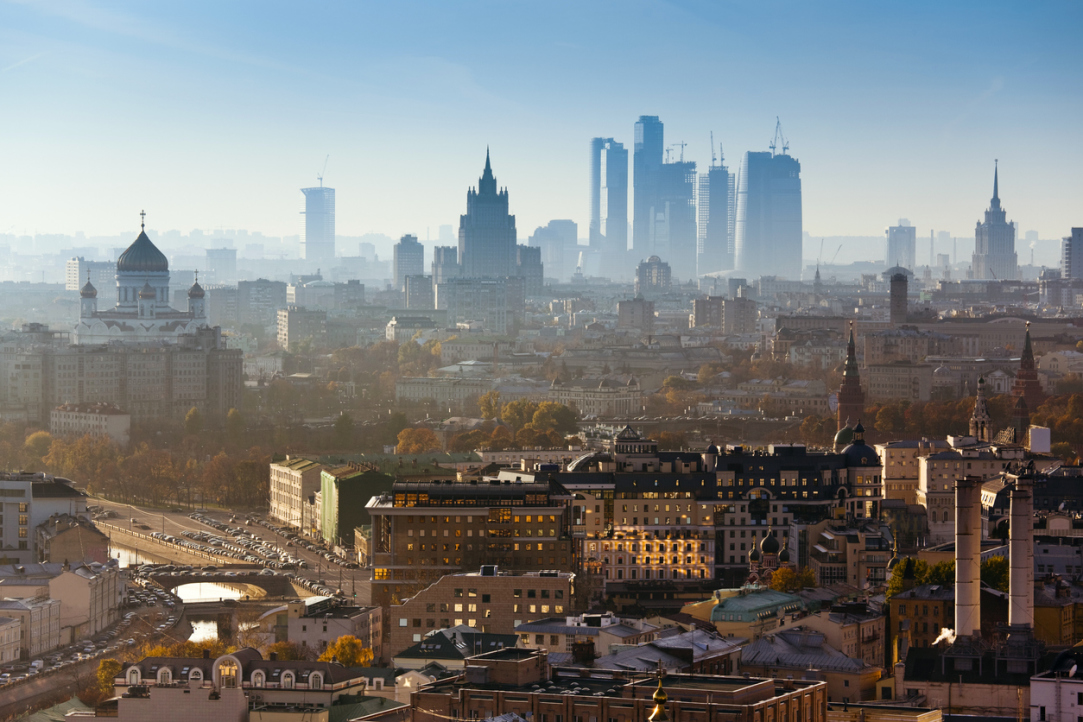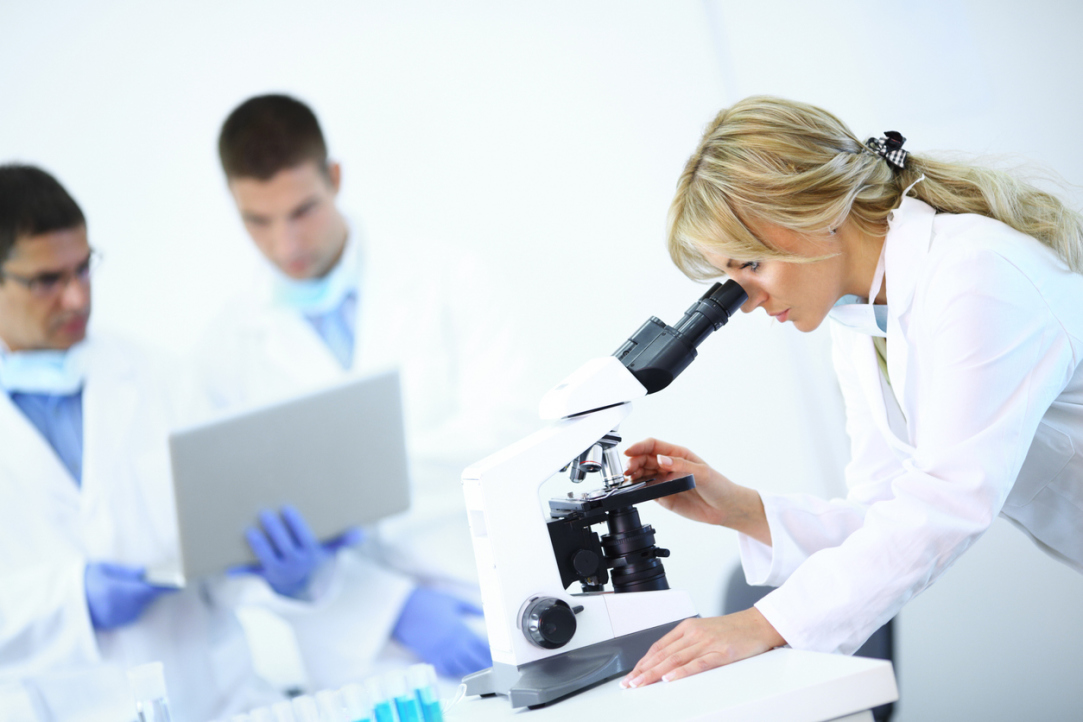
Research Determines Best Locations for Organic Dairy Farming in Russia
Russia has recently launched an organic farming initiative; a new Law on Organic Products came into effect in the early 2020. An important first step in assessing the potential for this subsector has been to identify the most suitable locations for its development. According to researchers of the HSE Institute for Agrarian Studies and the RAS Institute of Agrarian Economics and Rural Development, provinces located in the country’s northern non-black earth areas – in the Northwest and in the Northeast of Russia’s European region – have the best potential. The study is published in Agriculture Digitalization and Organic Production.

The Brain in Space: Investigating the Effects of Long Spaceflights on Space Travellers
As part of an international project conducted with the participation of Roscosmos and the European Space Agency, a team of researchers used differential tractography to analyse dMRI scans ofcosmonauts’ brains and found significant changes in brain connectivity, with some of the changes persisting after seven months back on Earth. The paper is published in Frontiers in Neural Circuits.

Russian Scholars Establish Correlation Between Morality and Perfectionism
Researchers from HSE University in Perm studied how different types of perfectionists see intelligence, morality, and the world around them. They found that the basis of adaptive perfectionists’ success is their perception of the world as a comprehensible place with fixed rules, while maladaptive perfectionists fail to succeed due to their focus on a rigid system of principles that they feel obliged to follow. Early correction of inflated demands on oneself can increase chances for future success. The results of the study were published in Psihologija.
.jpg)
Russian Scientists Create Biomimetic Algorithm to Find Epileptogenic Areas of the Brain
Researchers from the HSE University Centre for Bioelectric Interfaces have designed a new method for detecting diagnostic markers of epilepsy, called interictal spikes, using EEG and MEG. Capable of accounting for various errors and artefacts, this method constitutes a valuable addition to the arsenal of means for automatic analysis of electrophysiological recordings in epilepsy patients, especially when the data are noisy. Precise localisation of epileptogenic cortical structures can enhance the effectiveness of neurosurgical interventions. The study was published in the Journal of Neural Engineering.

Card Index: City as a Palimpsest
Any cultural landscape is a narrative or a story. A big, modern city with its multiple contesting meanings and social practices, an ongoing dialogue of different eras, and physical spaces coexisting with imaginary ones can be compared to a complex, multi-layered text. A recent paper by Ivan Mitin, Associate Professor in the Faculty of Urban and Regional Development, portrays the big city as an enormous, continuously updated manuscript.

Researchers Explain How Massive Methane Emissions Affect Warming in the Arctic
Expeditions to the Eastern Arctic and Kara Seas investigated the thermal properties of bottom sediments. Numerous zones of bubbling methane flux were discovered in the shelf of the Laptev Sea and the East Siberian Sea, which researchers believe is affecting climate warming in the Arctic. The study has been published inMarine and Petroleum Geology.

Russian Researchers Assess the Power of T-Cell Immune Response to Omicron BA.1 and BA.2
Scholars from HSE University and the RAS Institute of Bioorganic Chemistry have demonstrated the efficiency of T-cell immune response against the Omicron variant of SARS-CoV-2. In approximately 90% of vaccinated Europeans, T-cell immunity was as effective against Omicron as with other variants. The results of the study were published in PeerJ.
.jpg)
Irresistible Passion: Philately in the USSR
Soviet-era postage stamps illustrate the country's history in miniature, from the early years following the Communist revolution to the 1980s' perestroika. Government and public attitudes towards philatelists reflected an overall distrust of any type of 'otherness'; indeed, why would anyone spend time studying and collecting postage stamps? Thus, it should come as no surprise that periods of philatelic internationalism were followed by times of isolationism and pressure on stamp collectors. Despite efforts to place philately within the procrustean bed of Soviet propaganda, people with a passion for stamps stood out from the crowd and were often perceived as dissenters. The discussion of Soviet philately presented below is based on a paper by philologist Konstantin Bogdanov, professor at the HSE Campus in St. Petersburg.

Russian Researchers Assessed the Likelihood of Sleep Disorders after COVID-19
A team of researchers from the HSE Centre for Cognition and Decision Making and the Central State Medical Academy conducted a study on sleep disorders, mood and fatigue after COVID-19. These factors are interrelated and the researchers recommend a comprehensive approach to treat the problem effectively. The work was published in the journal Neuroscience and Behavioral Psychology.

Foreign Languages Slow Down Brain Ageing
Medical advances are causing a gradual increase in average life expectancy. However, this comes at a price, as the number of cases of dementia and other neurodegenerative diseases grows with age. Researchers from HSE University (Russia) and Northumbria University (UK) have found that bilingualism can slow down and mitigate the course of age-related changes in the human brain. The study was published in Frontiers in Psychology.

